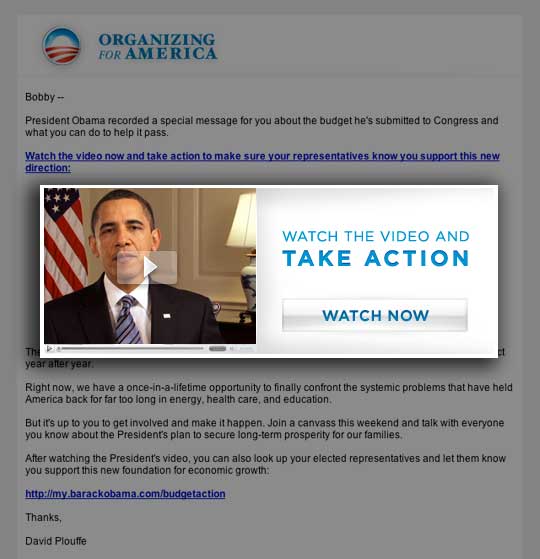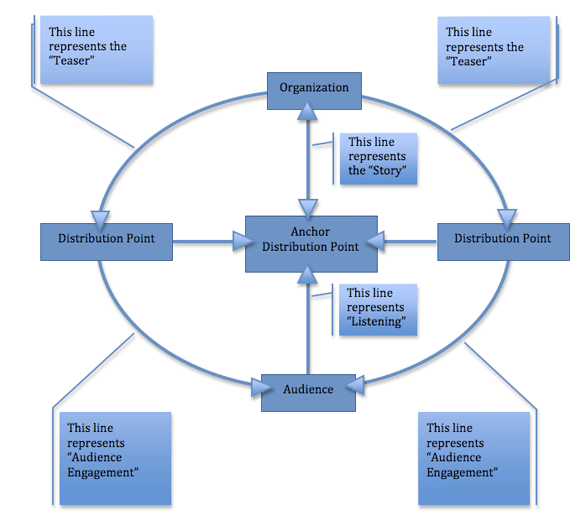New media is a great new tool that has helped political candidates reach out beyond the traditional outlets, and tell their story. We witnessed history as the first African American ran for the highest political office in America, and he used the power of new media to reach his target audiences…his masses.
He engaged with YouTube, email blasts, Twitter, and other means to distribute his message. He coordinated this video message with television advertising. Then he used all of this connection points to bring the masses to watch a one hour television special from the eyes of his audience, telling their story. He was the host.
The one thing I have noticed when he used online video messaging, it always came from him looking directly at his audience. It was not these taped interviews where he was looking off camera, submitting to q&a from media outlets and pre-produced interview sessions. He had a script, it was well crafted, short and obtainable in one sitting, it was phrased in active voice, and he looked at his audience directly eye to eye, face to face.
He distributed these video messages with that same strategy that they were crafted. He used email blasts with embedded images that gave the illusion that someone was going to click the video and it opened up a landing page where the video would rest. Lots of times it was a place to sign-up to donate, sign-up for a newsletter, or commit to attending a rally or function. He made this process easy…his team programmed and planned for the user interface to be easy and mindless.
He drove traffic to his YouTube site which housed all of his messages, this done by embedding the YouTube video within the landing page. This helped with SEO and creating digital connection points so that the keywords (the issues) where found easily when people used Google to find information. He created the illusion of the digital conversation.
We as business owners can learn a lot from this campaign, this practice, this initiative. People want to here from us, our story! They want to see us say it. They want to know what we look like, our expressions, our emotions, our passionate delivery. If you have listened to the critical analysis’s of his presidency, they spend a lot of time talking about his expressions. This conversation comes from digital penetration…he has made all of his emotions available but showcasing them on a regular basis for the world to see. Wouldn’t we be so lucky to have the same effect? These tools are out there for us to use! What is your story?




 What does a “Social Media” person really do? Do they craft a campaign or are they like the pizza delivery guy? They make money off of the refrequency and the effectiveness of the delivery but have nothing to do with the crafting of that pizza pie!
What does a “Social Media” person really do? Do they craft a campaign or are they like the pizza delivery guy? They make money off of the refrequency and the effectiveness of the delivery but have nothing to do with the crafting of that pizza pie!